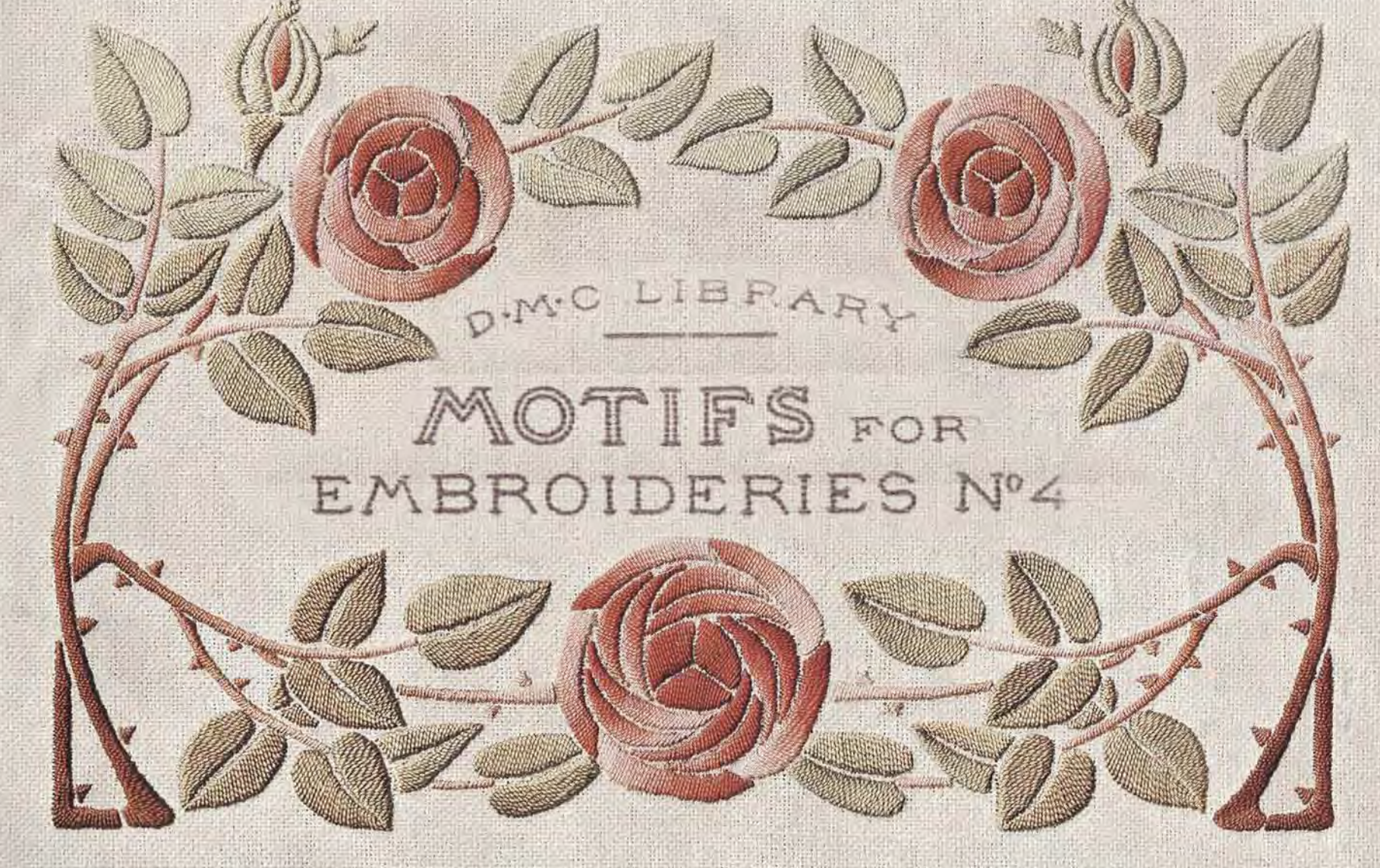Overview of Machine Embroidery Stabilizers
One of the topics that confused me most when I started machine embroidery was what stabilizer to use and when. There are so many machine embroidery stabilizers to pick from, and many can be downright expensive. The sewing machine shops were quick to recommend cut away and tear away stabilizers for almost everything. They are generally only thinking in terms of knits and sturdy wovens, not the cottons, linens, and silks often used for historic costuming. So I started experimenting to fight the right stabilizers for historical costuming projects.
I quickly discovered that for period garments, I really didn’t want any trace of the stabilizer left behind. The thread alone adds a fair amount of stiffness that you don’t see in hand embroidery, and stabilizer can add even more bulk. Cut-away can show through after pressing, and tear-away can be a pain to pick out of detailed designs. In the end, I discovered I prefer to use wash-away stabilizers on almost every project, because you’re left with just fabric and thread. Obviously, that doesn’t work well with silks or other fabrics that shouldn’t get wet. For those I generally use a tear-away, though I’m intrigued by the heat-away options that disintegrate when heated by an iron, and then can be brushed away.
Unfortunately, not all wash-away stabilizers are made equal, and some fabrics can be wriggly in the hoop, making lining up borders or designs difficult. Here are a few of the things I’ve figured out over the past few years. It’s by no means the only way to do things, but if you’re just starting out, I hope it saves you some of the trial and error I went through.
- There are two types of wash-away stabilizers: sheer, plastic-like ones and white, fabric-like ones. I like the second type, because they seem to hold up better as the needle goes through them repeatedly and therefore give more support to the design.
- Some stabilizers wash-away better than others, so it’s a good idea to try it out before you commit to a big roll. Right now I like the H2O Gone wash-away stabilizer, but there are many other options out there.
- You may need two layers of stabilizer, especially since the wash-away types aren’t as firm as the tear-away and cut-away stabilizers. Sometimes you may need even more ways to firm up your fabric. (I’ll cover some ideas later in this post.)
- You may need one layer under and another on top of the fabric, especially if your stitches are sinking into the fabric, or the machine is catching on the fabric, like when you’re stitching on velvet or tucked fabric. The clear wash-away stabilizers can be useful for that top layer.
- It may help to baste the fabric to the stabilizer, either with stitching or with temporary spray adhesives, so there is less slipping as you embroider a design.
- If your fabric is thin or slipping, it may help to add another layer of fabric into the hoop to increase the grip. You can wrap fabric strips or twill tape around the hoop, just like you might for hand embroidery.
- If you’re going to use a wash-away stabilizer, pre-wash your fabric before stitching. You don’t want it to shrink after you’ve done all that work!
- There are more and more stabilizers on the market all the time. Some iron on, some are sticky, some melt-away, heat-away, or wash-away. Don’t be afraid to experiment to find the right combination for the design you’re stitching on your fabric on your machine. Ruining a few swatches is vastly preferable to ruining a whole project.
- Don’t be cheap when it comes to stabilizer, especially if you’re using good fabrics and good thread. It can seem like a big expense, but it makes such a difference in the final product.
For some projects, stabilizer alone may never be enough. Delicate cotton batiste or wriggly linen can be difficult no matter what you use with them. In these cases, it can help to stiffen up the fabric itself before hooping with your stabilizer of choice.
One option is starch. Several coats of spray starch can really help a wiggly or sheer fabric become manageable. This goes for sewing it, as well! If you want to go even stiffer, any old-fashioned liquid starch that would make a petticoat stand up by itself will also do the same with your fabric before embroidering.
Another option is a liquid stabilizer. There are ready-made versions out there, but I prefer a DIY version made from wash-away stabilizer dissolved in warm water. If you trim away the excess stabilizer from your projects before you wash them and save the scraps, it’s free. This makes my frugal little heart happy, because I hate wasting anything, especially 3/4 of the width of the stabilizer when stitching borders!
I use roughly two parts water to one part scraps, aiming for a nice balance between too runny and too sticky. I used about a fistful of scraps for a jar this size.
You can brush it on or use a spray bottle. I prefer a brush, because I don’t want to worry about sticky overspray to clean up later, or needing to unclog the nozzle if it dries out. No matter what, it’s a bit sticky and messy, so take that into consideration before you start!
This is a sheer cotton fabric before and after the liquid stabilizer. The stiffened fabric has a lot of body, like organza, and is much easier to hoop without pulling it off grain.
So how much difference does it really make?
Sample 1: Linen straight off the bolt, and hooped with wash-away stabilizer. The faint blue line to the left was a straight line on grain when hooped. You can see how the stitching has pulled the fabric off grain in places, and there are some puckers in the embroidery.
Sample 2: Linen ironed with several coats of spray starch, then hooped with wash-away stabilizer. This has a pulled thread at the left of the image to show the grain of the fabric. This is better, with more of the fabric still on grain and fewer puckers. More starch or a heavier starch would have helped even more.
Sample 3: Linen brushed with liquid stabilizer and left to dry, then hooped with wash-away stabilizer. This also has a pulled thread at the left of the image to show the grain of the fabric. Most of the fabric is still on grain, and there was almost no puckering at all this time. This is a great option for a larger design or border that you need to piece together accurately.
So please, take the time to experiment and find the stabilizer that gives you the best results with the least headaches. Most of what they will tell you in the sewing shops applies to someone embroidering t-shirts and kids’ clothing, not historic garments and delicate fabrics, but there are options that work beautifully if you hunt for them.
If you’d like to learn more about the right machine embroidery stabilizers for your project, check out my e-book about stabilizers for historical costuming fabrics.







 Previous Post
Previous Post Next Post
Next Post
